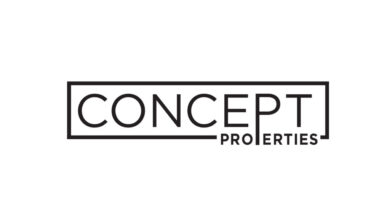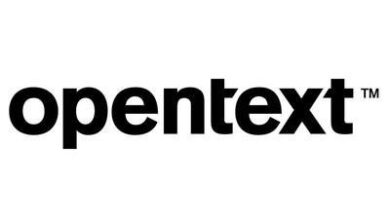What is data analytics? Transforming data into better decisions

- Apache Spark: An open-source data science platform to process big data and create cluster computing engines
- Domo Analytics: A BI SaaS platform to gather and transform data
- Excel: Microsoft’s spreadsheet software for mathematical analysis and tabular reporting
- Klipfolio: A cloud-based web application for self-service BI and reporting
- Looker: Google’s data analytics and BI platform
- Power BI: Microsoft’s data visualization and analysis tool to create and distribute reports and dashboards
- Python: An open-source programming language popular among data scientists to extract, summarize, and visualize data
- Qlik: A suite of tools to explore data and create data visualizations
- QuickSight: An analytics service from Amazon designed to integrate with cloud data sources
- R: An open-source data analytics tool for statistical analysis and graphical modeling
- RapidMiner: A data science platform that includes a visual workflow designer
- SAP Analytics Cloud: A cloud-based analytics and planning solution
- SAS: An analytics platform for business intelligence and data mining
- Sisense: A popular self-service BI platform
- Tableau: Data analysis software from Salesforce to create data dashboards and visualizations
- Talend: An ETL tool used by data engineers, data architects, analysts, and developers
- Zoho Analytics: A self-service BI and data analytics platform
Data analytics vs. data science
Data analytics is a component of data science used to understand what an organization’s data looks like. Generally, the output of data analytics are reports and visualizations. Data science takes the output of analytics to study and solve problems.
The difference between data analytics and data science is often about timescale. Data analytics describes the current or historical state of reality, whereas data science uses that data to predict and/or understand the future.
Data analytics vs. data analysis
While the terms data analytics and data analysis are frequently used interchangeably, data analysis is a subset of data analytics concerned with examining, cleansing, transforming, and modeling data to derive conclusions. Data analytics includes the tools and techniques used to perform data analysis.
Data analytics vs. business analytics
Business analytics is another subset of data analytics. It uses data analytics techniques, including data mining, statistical analysis, and predictive modeling, to drive better business decisions. Gartner defines business analytics as “solutions used to build analysis models and simulations to create scenarios, understand realities, and predict future states.”
Data analytics examples
Organizations across all industries leverage data analytics to improve operations, increase revenue, and facilitate digital transformations. Here are three examples:
Fresenius Medical Care anticipates complications with predictive analytics: Fresenius Medical Care, which specializes in providing kidney dialysis services, is pioneering the use of a combination of near real-time IoT data and clinical data to predict when kidney dialysis patients might suffer a potentially life-threatening complication called intradialytic hypotension (IDH).



